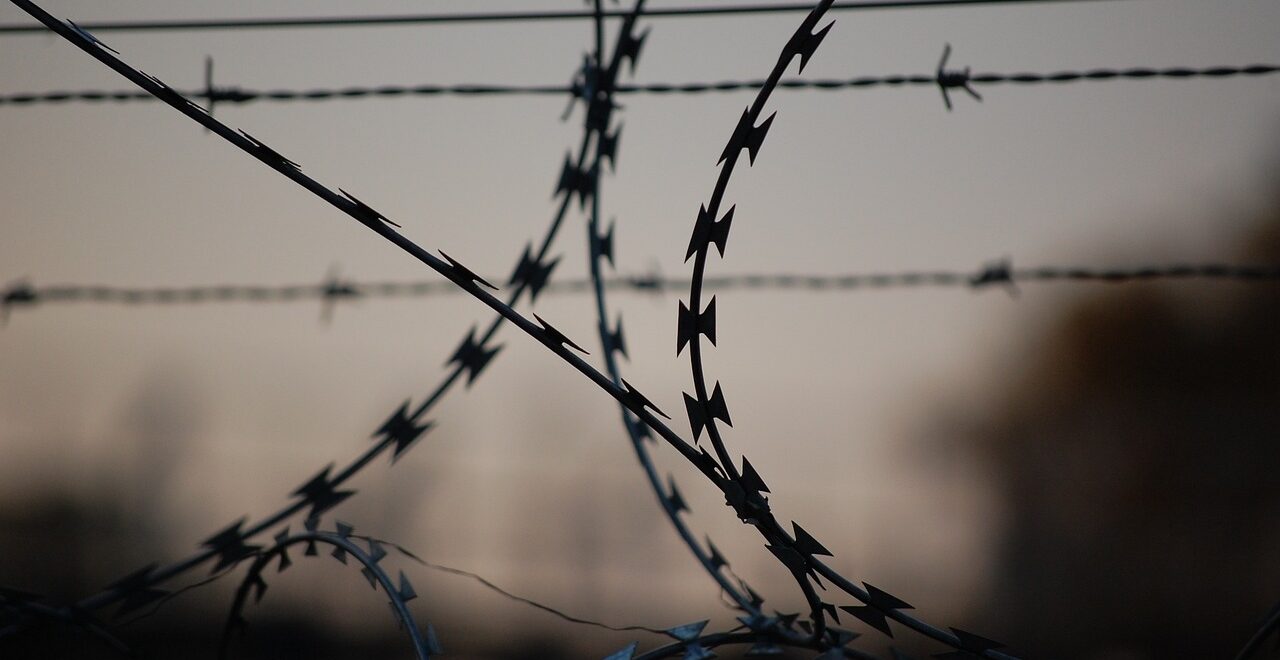Every year, around 700,000 to 800,000 people are let out of prison and return to society. Their release gives them another opportunity to fix the harm caused by their involvement in the criminal justice system.
In April 2008, the government made a law called the Second Chance Act.
This law helps states and organizations make it easier for people who have been in prison to start a new life and not go back to their old ways.
As part of this law, April is now considered National Second Chance Month.
It is a time to focus on prevention, barriers to reentry, and social support of citizens before and after entering the criminal justice system.
It is important to consider the chances of a person being incarcerated again when discussing their reentry into society and the opportunity for a second chance.
The National Institute of Justice says that recidivism is a very important idea in the justice system. Recidivism means when a person goes back to committing crimes, usually after they have been punished or gotten help for a previous crime.
This can include going back to jail for breaking the rules of their release, parole, or probation, getting arrested again, or being convicted of a new crime.
A report from the United States Sentencing Commission in 2010 looked at how often federal offenders were arrested again after being released.
The report found that nearly half of the offenders (49. 3 percent) were arrested again during an eight-year period.
On average, about 68% of state prisoners are arrested again within the first three years after being released from prison.
The percentage goes up to 79% and 83% after five and nine years of being released, respectively.
Overall, at least half of people who are released from prison will commit another crime after being released.
A big reason why many people who have been to prison continue to commit crimes is because they don’t have access to the help and support they need to reintegrate into society in a positive way.
When people who have been in prison for a long time are released, they need more help and assistance.
A lot of people who are not likely to commit crimes face difficult challenges in their mental health, money situation, and finding work, which get worse because they have been in prison for a long time.
Furthermore, not having a job is a big problem for many people coming back into society after being away.
This is because having a job is important for getting things we need to survive, like food, a place to live, and clothes.
The unemployment rate for people who were previously in prison is very high.
More than 27% of them are unemployed, which is higher than the overall unemployment rate in the United States.
The percentage of people without jobs at any point in history, including the period of the Great Depression.
To give released prisoners a real opportunity to start again, it is important to take creative measures to solve the problems of not having enough resources and job skills.
These measures will help them find suitable jobs and be successful members of the community.
Many organizations in the country are helping prisoners when they come out of jail.
They have plans to help them reintegrate into society.
In Iowa, Hawkeye Community College created a program called PEER to help people who are coming back from being away find education and work opportunities.
PEER helps people who are in prison or have been released from prison find resources they need.
They also provide help with education, career guidance, and practical job training.
Helping prisoners learn job skills before they are released helps them connect with services that can help them find employment once they get out of prison.
New and creative plans such as PEER can help people who have been in prison and are reintegrating into society.
These strategies can help lower the chances of them returning to prison again and make the public safer.
They give these individuals a real opportunity to start again after they are released.

